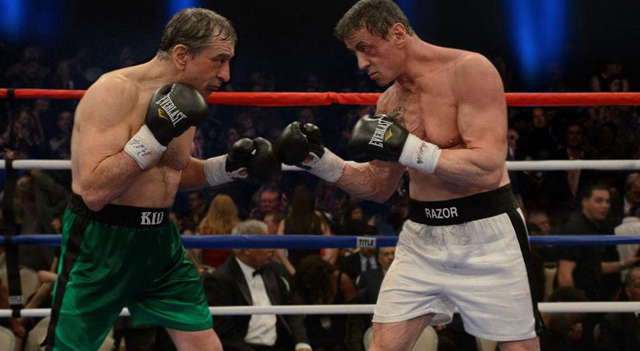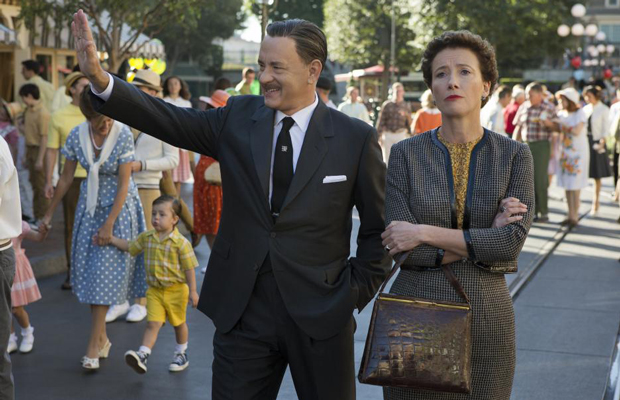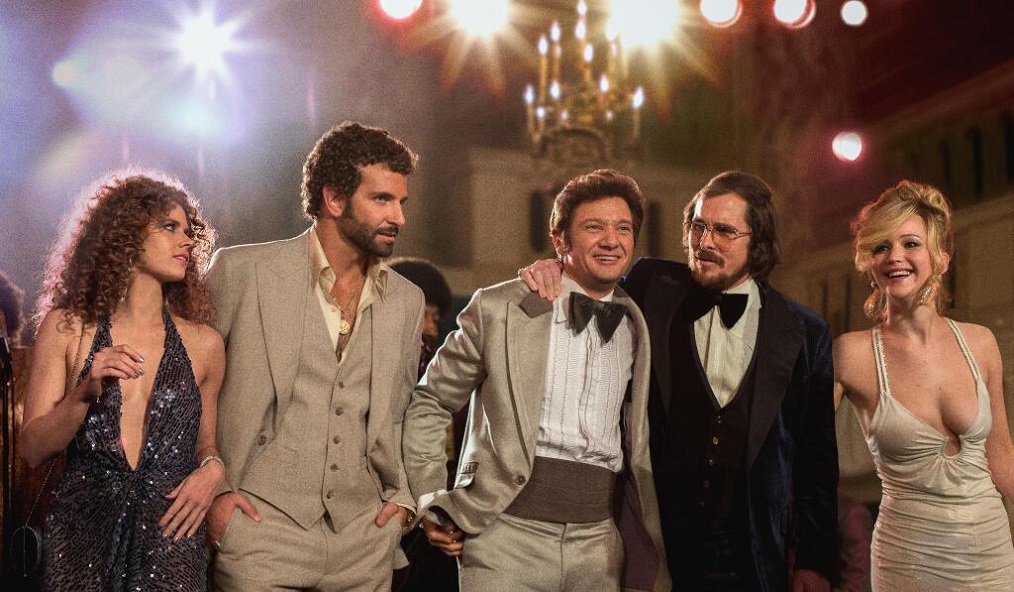The Central Ohio Film Critics Association (COFCA) is pleased to announce the nominees for its 12th annual awards. Winners will be announced on the evening of January 2nd, 2014.
Founded in 2002, the Central Ohio Film Critics Association is comprised of film critics based in Columbus, Ohio and the surrounding areas. Its membership consists of 20 print, radio, television, and internet critics. COFCA’s official website at www.cofca.org contains links to member reviews and past award winners.
Note on the nominees: ties in the nomination round produced six nominees in the Best Director, Best Cinematography, and Best Documentary categories.
The 2013 Central Ohio Film Critics Association awards nominees are:
Best Film
-12 Years a Slave
-American Hustle
-Before Midnight
-Frances Ha
-Gravity
-Her
-Inside Llewyn Davis
-Nebraska
-Upstream Color
-The Wolf of Wall Street
Best Director
-Alfonso Cuarón, Gravity
-Spike Jonze, Her
-Steve McQueen, 12 Years a Slave
-Alexander Payne, Nebraska
-David O. Russell, American Hustle
-Martin Scorsese, The Wolf of Wall Street
Best Actor
-Chiwetel Ejiofor, 12 Years a Slave
-Tom Hanks, Captain Phillips
-Michael B. Jordan, Fruitvale Station
-Matthew McConaughey, Dallas Buyers Club
-Joaquin Phoenix, Her
Best Actress
-Amy Adams, American Hustle
-Cate Blanchett, Blue Jasmine
-Adèle Exarchopoulos, Blue is the Warmest Color (La vie d’Adèle)
-Greta Gerwig, Frances Ha
-Brie Larson, Short Term 12
Best Supporting Actor
-Barkhad Abdi, Captain Phillips
-Michael Fassbender, 12 Years a Slave
-James Franco, Spring Breakers
-Jonah Hill, The Wolf of Wall Street
-Jared Leto, Dallas Buyers Club
Best Supporting Actress
-Scarlett Johansson, Her
-Jennifer Lawrence, American Hustle
-Lupita Nyong’o, 12 Years a Slave
-Julia Roberts, August: Osage County
-June Squibb, Nebraska
Best Ensemble
-12 Years a Slave
-American Hustle
-Nebraska
-Short Term 12
-The Wolf of Wall Street
Actor of the Year (for an exemplary body of work)
-Amy Adams (American Hustle, Her, and Man of Steel)
-Benedict Cumberbatch (12 Years a Slave, August: Osage County, The Fifth
Estate, The Hobbit: The Desolation of Smaug, and Star Trek Into Darkness)
-Leonardo DiCaprio (The Great Gatsby and The Wolf of Wall Street)
-Jennifer Lawrence (American Hustle and The Hunger Games: Catching Fire)
-Matthew McConaughey (Dallas Buyers Club, Mud, and The Wolf of Wall
Street)
Breakthrough Film Artist
-Lake Bell, In a World… – (for acting, directing, and screenwriting)
-Ryan Coogler, Fruitvale Station – (for directing and screenwriting)
-Destin Daniel Cretton, Short Term 12 – (for directing and screenwriting)
-Adèle Exarchopoulos, Blue is the Warmest Color (La vie d’Adèle) – (for acting)
-Brie Larson, Don Jon, Short Term 12, and The Spectacular Now – (for acting)
Best Cinematography
-Sean Bobbitt, 12 Years a Slave
-Emmanuel Lubezki, Gravity
-Hoyte Van Hoytema, Her
-Bruno Delbonnel, Inside Llewyn Davis
-Benoît Debie, Spring Breakers
-Shane Carruth, Upstream Color
Best Adapted Screenplay
-Julie Delpy, Ethan Hawke, and Richard Linklater, Before Midnight
-Scott Neustadter and Michael H. Weber, The Spectacular Now
-Billy Ray, Captain Phillips
-John Ridley, 12 Years a Slave
-Terence Winter, The Wolf of Wall Street
Best Original Screenplay
-Joel Coen and Ethan Coen, Inside Llewyn Davis
-Destin Daniel Cretton, Short Term 12
-Spike Jonze, Her
-Bob Nelson, Nebraska
-David O. Russell and Eric Singer, American Hustle
Best Score
-Arcade Fire, Her
-Thomas Newman, Saving Mr. Banks
-Mark Orton, Nebraska
-Steven Price, Gravity
-Hans Zimmer, 12 Years a Slave
Best Documentary
-20 Feet from Stardom
-The Act of Killing
-Blackfish
-Leviathan
-Room 237
-Stories We Tell
Best Foreign Language Film
-Beyond the Hills (Dupa dealuri)
-Blue is the Warmest Color (La vie d’Adèle)
-The Grandmaster (Yi dai zong shi)
-The Hunt (Jagten)
-The Wind Rises (Kaze tachinu)
Best Animated Film
-The Croods
-Despicable Me 2
-Frozen
-Monsters University
-The Wind Rises (Kaze tachinu)
Best Overlooked Film
-Mud
-Short Term 12
-The Spectacular Now
-Stoker
COFCA offers its congratulations to the nominees.
Previous Best Film winners:
2002: Punch-Drunk Love
2003: Lost in Translation
2004: Million Dollar Baby
2005: A History of Violence
2006: Children of Men
2007: No Country for Old Men
2008: WALL·E
2009: Up in the Air
2010: Inception
2011: Drive
2012: Moonrise Kingdom
For more information about the Central Ohio Film Critics Association, please visit www.cofca.org or e-mailinfo@cofca.org.
The complete list of members and their affiliations:
Richard Ades (Columbus Free Press); Kevin Carr (www.7mpictures.com, FilmSchoolRejects.com); Bill Clark (www.fromthebalcony.com); John DeSando (90.5 WCBE); Frank Gabrenya (The Columbus Dispatch); James Hansen (Out 1 Film Journal); Nicholas Herum (Columbus Underground; Movies Hate You Too); Brad Keefe (Columbus Alive); Kristin Dreyer Kramer (NightsAndWeekends.com, 90.5 WCBE); Joyce Long (Freelance); Rico Long (Freelance); Hope Madden (Columbus Underground and MaddWolf.com); Paul Markoff (WOCC-TV3; Otterbein.TV); David Medsker (Bullz-Eye.com); Lori Pearson (Kids-in-Mind.com, critics.com); Mark Pfeiffer (Reel Times: Reflections on Cinema; WOCC-TV3; Otterbein.TV); Melissa Starker (Columbus Alive, The Columbus Dispatch); George Wolf (Columbus Radio Group and MaddWolf.com); Jason Zingale (Bullz-Eye.com); Nathan Zoebl (PictureShowPundits.com).









